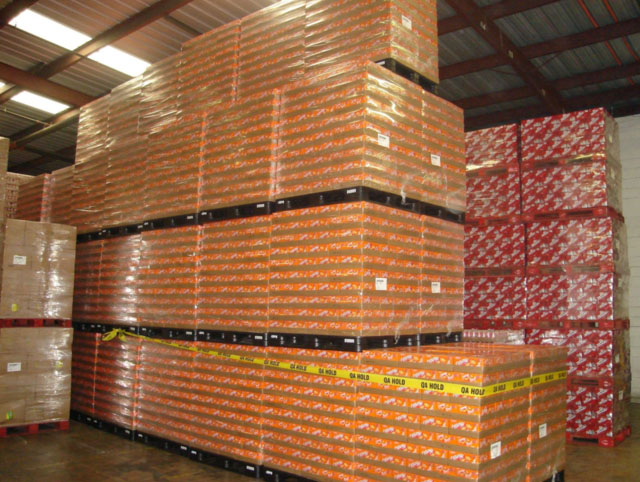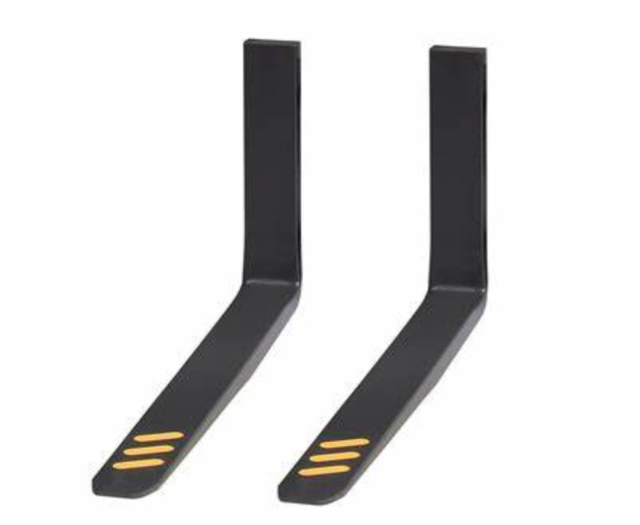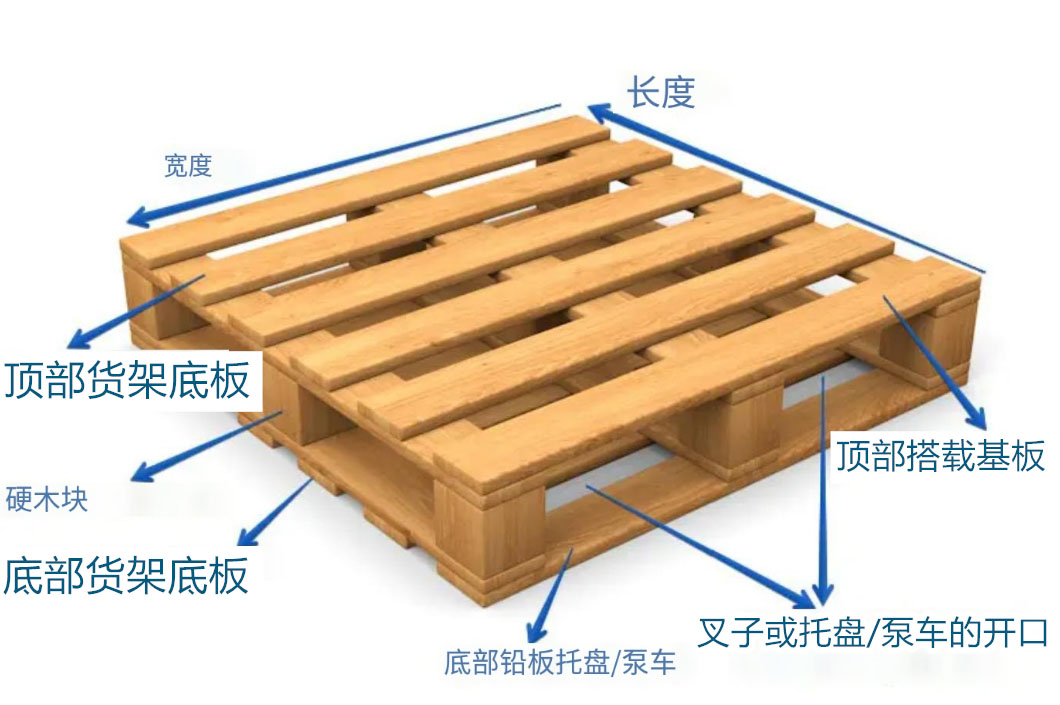Tips For Avoiding Damage To Pallet
Oct 13, 2023Pallets are closely related to Material Handling Equipment, including diesel forklifts, LPG forklifts, etc. Damaged pallets reduce productivity and increase costs, and are often caused by forklifts. Pallets and their maintenance costs can increase over time, affecting revenue and profit. While they can be damaged in many different ways, improper handling of forklifts is a common cause. Many of the conditions that cause damage to pallets can be avoided with careful handling and intensive training, and NEOlift explains 10 ways to do so:

01, Reduce The Speed
This is one of the most important tips for limiting forklift damage, and is related to many of the other tips you'll read about below.
Deceleration gives forklift operators more reaction time to properly handle pallets and reduces cases of short forks, improper tooth spacing and other errors.
In addition, the deceleration prevents the gantry, fork or other parts of the lift from hitting the pallet or the products it carries. Reducing rush work and using the forklift more gently will also extend the service life of the forklift.
The important time to slow down is when the load is picked up and when the load is put down. This is also crucial when stacking or forklifting trays.
02, Use The Right Pallet
Does the pallet have sufficient carrying capacity?
Small differences in pallet material size and structural layout can make a big difference in its carrying capacity.
Overloaded pallets or the wrong ones are more likely to break, crack or chip, and are more likely to be damaged by improper handling of forklifts.
The distribution of weight is another important factor in using the right pallet. Even if the pallet meets the load weight, uneven weight distribution will affect performance.
Improper weight distribution can cause stress on the pallet in an undesigned manner, resulting in failure.
Using a pallet design system (PDS) can help ensure that pallets are properly loaded and able to perform their intended purpose.

03, Do Not Turn Before The Fork Teeth Are Completely Withdrawn From The Pallet
The type of damage that is harmful to pallets is longitudinal beam damage. These are the key components that hold the pallets together, and the failure of the stringer will immediately result in a significant loss of the carrying capacity of the pallets.
This particular type of damage is usually caused by the forklift driver releasing the load too early and relaying it from the pallet, which allows the fork teeth to impact the stringer, resulting in strain and damage.
The forklift driver must ensure that the fork teeth are completely removed from the pallet before transferring from the pallet.
04, Do Not Drag Or Push The Pallet
"Dragging" pallets means pushing them across the floor.
The pallet is not designed to be pushed along the ground, and doing so would put undue lateral stress on the pallet and destroy its carrying capacity.
Towing can also cause physical damage to the components of the pallet, weakening the components of the pallet and increasing the chance of failure.
05, Do Not Use Short Fork Pallet
A short fork means that the fork teeth of the forklift are not fully inserted into the pallet before lifting. Make sure that the front of the forklift door frame is as close to the pallet and product as possible, and that the pallet is not at the tip of the teeth.
The pallet is designed to support the weight of the product and requires full insertion of the fork teeth. When the fork teeth are not fully inserted, additional pressure is applied to the deck and nails of the pallet, which puts pressure on the pallet and makes failure or damage more likely. Trays are also more likely to slip and fall when forks are short, especially when handled in a hurry.

06, The Correct Use Of Pallet Space
The fork teeth should be easily and evenly inserted into the tray and should not come into contact with any part of the tray before lifting the load.
When improperly spaced, the forks may strike the stringer, causing damage and impairing the performance of the pallet. Ensuring that the fork teeth do not affect the middle or external tray support will make your tray last longer.
Using a tray with a beveled longitudinal beam can also reduce this problem, as it helps guide the fork teeth into the tray.
07, Spread The Fork Teeth Before Lifting
If the forklift has the ability to automatically adjust the fork spacing (such as the pitch fork), the fork teeth can be deployed after entering the pallet.
If the tooth spacing must be completed manually, it should be rolled out before entering the tray. Proper spacing makes the pallet and load more stable and reduces the stress applied on the pallet.
08, With High Visibility Color Fork Teeth
Coloring the top and tip of the forks helps the forklift driver see them better through the pallet.
This is useful from a safety point of view, not only because the driver will be more aware of the spread of the teeth, but also because the teeth will be more visible to those around the forklift.
In addition, if damage occurs, the paint may rub against the tray or product and help identify the cause of the damage. If each forklift uses a different color, identifying the forklift and the operator involved will be much easier.
09, Stack The Pallet Evenly
Pallets should be stacked evenly. Just as it is necessary to ensure that the weight of the product is correctly distributed on the tray, it is also necessary to ensure that the tray is square and arranged together when stacking.
Doing so prevents uneven weight on certain parts of the tray, such as corners and lead plates.
A centralized and square stack of pallets also prevents pallets from tilting and falling, a major safety hazard.
10, Organize The Warehouse
This method is not as fast and easy as others, but can be very effective in some warehouse layouts.
The more open space in the warehouse, the less things the forklift can touch. The risk of pallet damage is also controlled by reducing the likelihood of bumps and bumps.
In addition, the floor should be clean and free of debris. The forklift will shake and bounce when it runs over wood chips and other debris. This not only exposes your driver to potential risk, but also puts the pallet under sudden stress when it bounces off the fork teeth. Bouncing also puts pallets and their products at risk of falling, which can lead to injuries to workers.